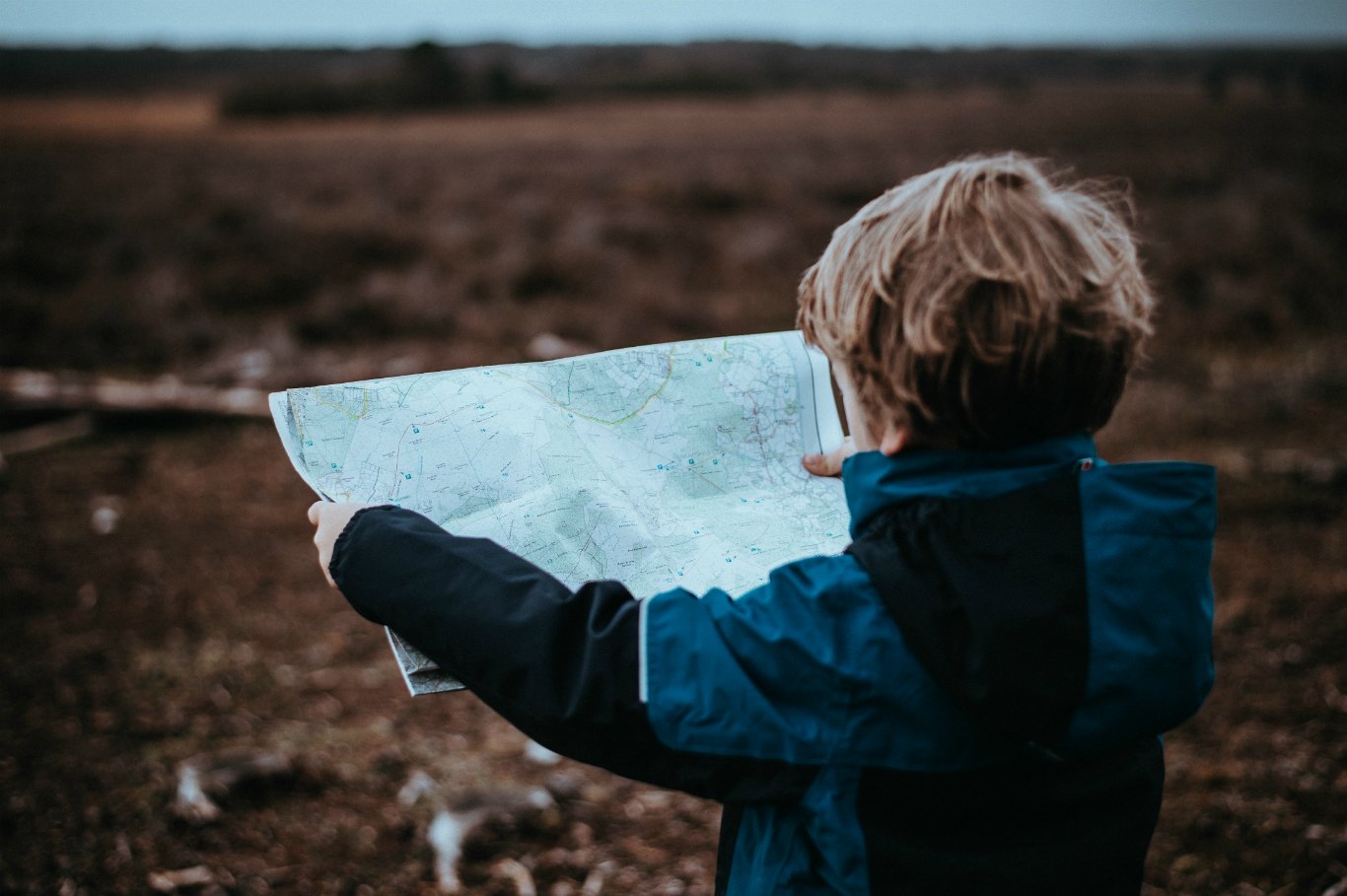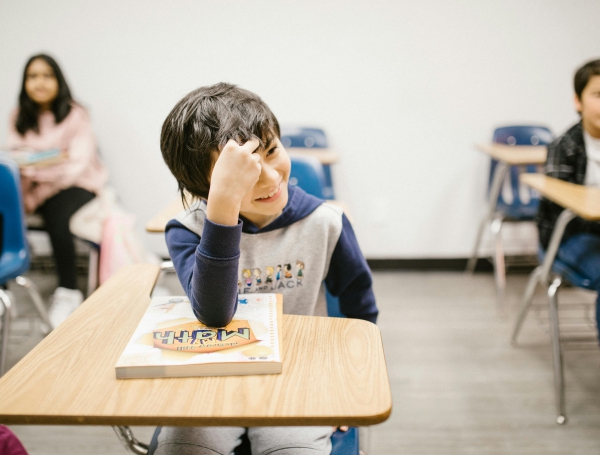

Using Personal Maps to Better Get to Know Your Students
November 20, 2017
Getting to know your students can be a challenge, especially when you see over 100 different kids in one day. But every teacher knows, having good relationships with your students is crucial to establishing a good classroom culture, maintaining order in your classroom, and just having a good year.
Often, we put all our getting-to-know-you efforts in during the first days or week of school, and then move on to other things, leaving the surveys and questionnaires to languish in a drawer somewhere (or at least, I know I tend to). I’ve frequently come back to these forgotten files at the end of a semester and flipped through them to discover facts I never previously knew about my students, even though I’ve tried to get to know them in other ways.
This year, I tried something different with my freshmen. Because I teach history, I spent the first few class sessions talking about geography, to encourage students to consider the importance of both perspective and location (for example, the Peters projection vs. the Mercator projection). To make the concept a little more personal, for homework, I assigned a “personal map.” I gave students a range of options in terms of format and a list of requirements for content, and when they turned in their final products the next day, I posted them in the classroom where students could see them. Results ranged from the general (basic diagrams or timelines) to the very personal (students revealing personal hardships). Because they all knew I’d post them in the room, they could choose what they shared. And by having something they can post, it allows me--and my students--to look at these maps throughout the year to learn new things about our class.
If you’re interested in trying something similar, here’s the assignment:
Personal Maps
Maps give lots of information about our world but also about how we see the world. For homework tonight, you will draw a personal map: one that gives information about you and reflects the way you see the world. Your options are pretty wide open, but here are some guidelines:
Requirements - Your map must include the following things:
1. At least one significant event in your life
2. Some of the people you consider important
3. Something(s) you like and something(s) you do not like
4. Your location(s) in the world (NOT your physical address!)
5. At least one activity that shapes a significant amount of your time
Format Suggestions - You can use any or none of these--come up with your own if you want!
-A street map of your neighborhood (current or former)
-A diagram of your room
-A self-portrait
-A timeline of events in your life
-A mind-map (or web)
Make sure to label items on your map clearly, and put your name on it!
 Article by Alison McCartan, a regular contributor to The Heritage Institute's Blog, What Works: Teaching at Its Best.
Article by Alison McCartan, a regular contributor to The Heritage Institute's Blog, What Works: Teaching at Its Best.
Alison McCartan is a high school teacher in the South Puget Sound region of Washington State. She has taught English and history in high schools across the country, and when she's not orchestrating re-enactments of the Industrial Revolution in class, she can usually be found with a cup of tea, her cat, and a book.


_600_455_s_c1.jpg)
_600_455_s_c1.png)
